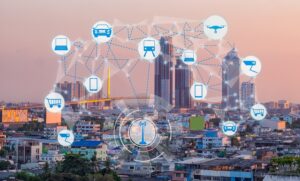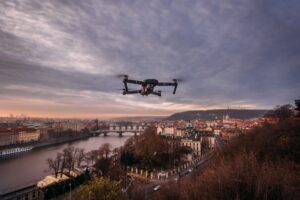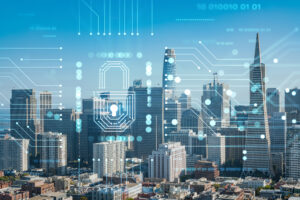Keep up with our latest news and useful insights on the IoT world.
Smart Cities and more
Are you interested in knowing more about smart cities, smart applications, cybersecurity, sustainability, or other news related to the IoT? In this section you will find all our news and insights, and you can also filter the search by Category.
25.April.2024
When smart cities are people-centred
Cities are nowadays asked to leverage data, technology, and services for common good and inclusivity
9.April.2024
Smart Cities in cybercriminals’ sight
Cities need to improve their defense and preparedness to cyberattacks
26.March.2024
Not more, but more intelligent lighting
Every night, when the sun goes down, about 304 million streetlamps are lighted globally
12.March.2024
A wasteful world
Smart Waste technologies help reducing the environmental and financial costs of short-sighted trash management
20.February.2024
Parking fees reduce traffic congestion, but…
When increasing parking fees, cities experience a quick drop in traffic congestion. Benefits for the environment and urban livability are…
8.February.2024
The benefits of Smart Lighting in 30 seconds
Switching to Smart Lighting is good for the environment, for city budget, and for people
23.January.2024
Build back better cities
Many cities are amid a re-invention after the shock of the COVID-19 pandemic
9.January.2024
Smart City trends to watch in 2024
Artificial Intelligence is acknowledged as the most probable game changer
19.December.2023
Flying environmental sensors
Drones can be beneficial when having environmental sensors on the field is not convenient
7.December.2023
The triple S: Smartness, Safety, and Security
Cities need smart solutions to increase citizen’s safety and build a strong defence against cyberattacks
25.April.2024
When smart cities are people-centred
Cities are nowadays asked to leverage data, technology, and services for common good and inclusivity
9.April.2024
Smart Cities in cybercriminals’ sight
Cities need to improve their defense and preparedness to cyberattacks
26.March.2024
Not more, but more intelligent lighting
Every night, when the sun goes down, about 304 million streetlamps are lighted globally
12.March.2024
A wasteful world
Smart Waste technologies help reducing the environmental and financial costs of short-sighted trash management
20.February.2024
Parking fees reduce traffic congestion, but…
When increasing parking fees, cities experience a quick drop in traffic congestion. Benefits for the environment and urban livability are…
8.February.2024
The benefits of Smart Lighting in 30 seconds
Switching to Smart Lighting is good for the environment, for city budget, and for people
23.January.2024
Build back better cities
Many cities are amid a re-invention after the shock of the COVID-19 pandemic
9.January.2024
Smart City trends to watch in 2024
Artificial Intelligence is acknowledged as the most probable game changer
19.December.2023
Flying environmental sensors
Drones can be beneficial when having environmental sensors on the field is not convenient
7.December.2023
The triple S: Smartness, Safety, and Security
Cities need smart solutions to increase citizen’s safety and build a strong defence against cyberattacks









